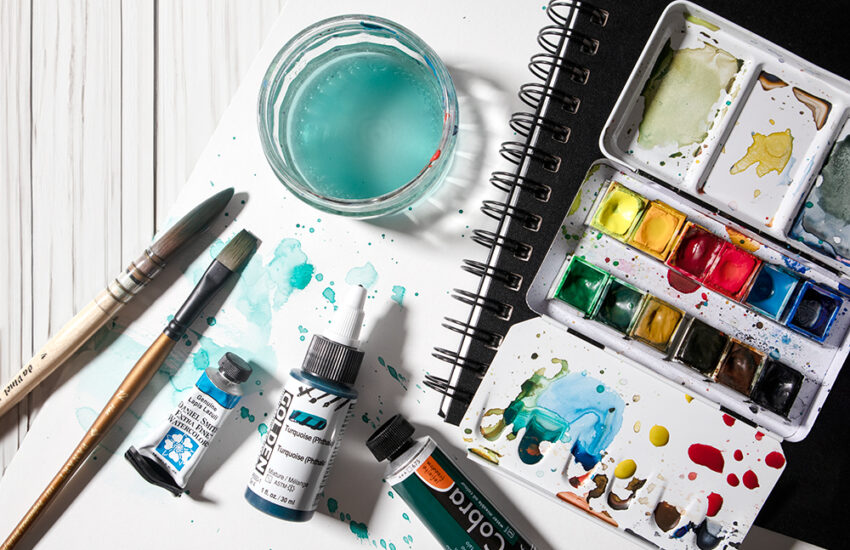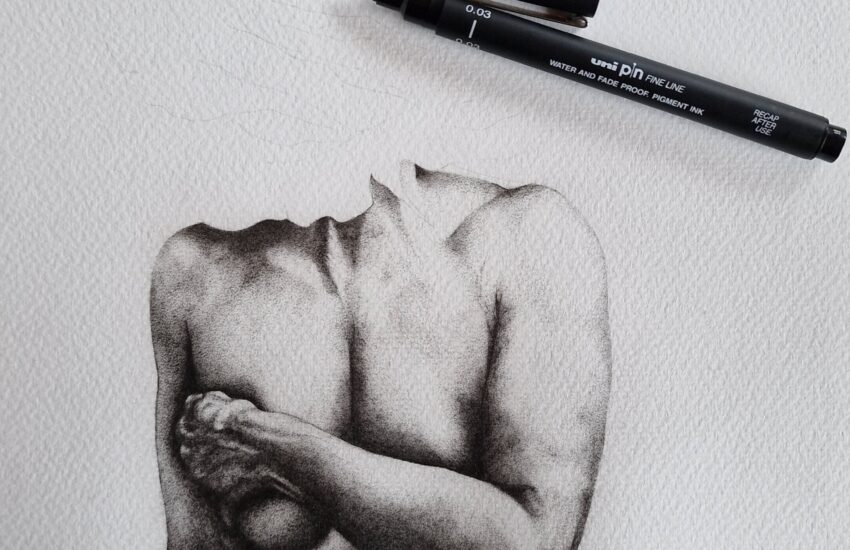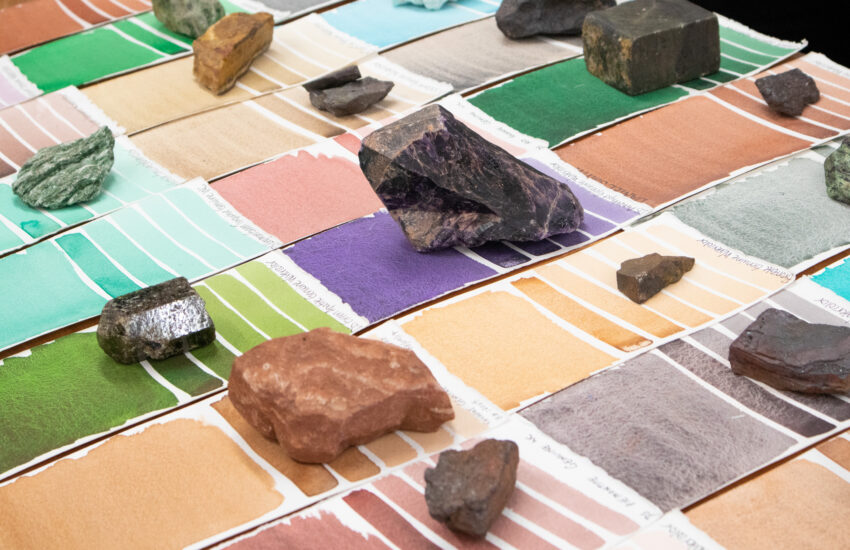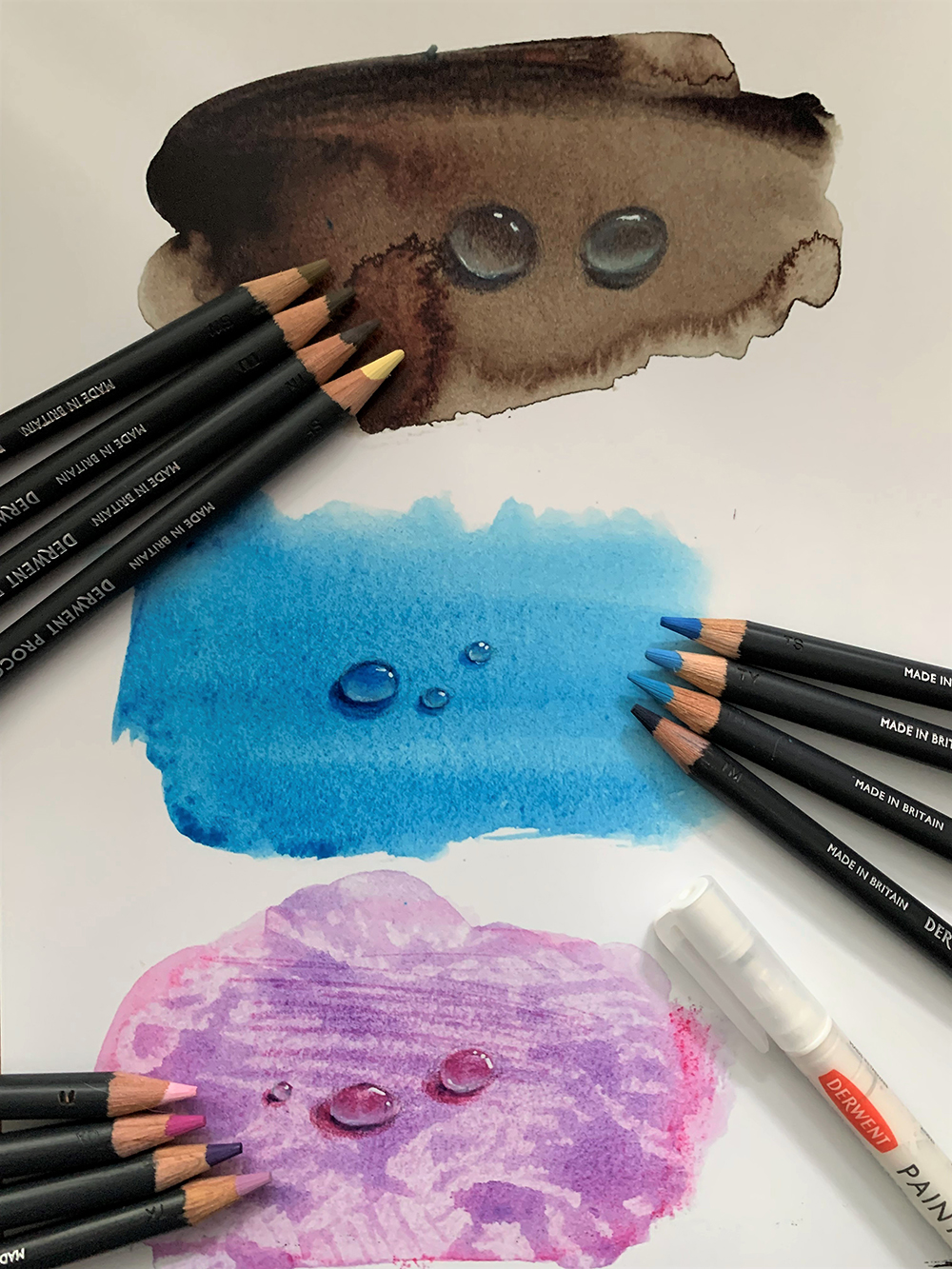How to Become a Storytelling Artist
Let’s face it, everybody loves a good story. No matter how it is told, it is one of the most engaging activities known to humankind. It could be the latest blockbuster to hit the screen, a new thriller in paperback, a comedian on stage talking about a funny encounter, or the sharing of gossip between neighbours.
It is the same with art. Everybody loves a good painting. The colour, the subject, the scene, all play their part in capturing the attention of the viewer, the art lover, and potential purchaser.
Storytelling intrigues us and brings us together to share experiences, understandings and entertain one another. When we hear the story of something or someone, it enriches our knowledge of that person, event, or topic. We become more engaged and informed.
But how does storytelling fit in with artwork? And what is it that turns a good painting into a great piece of artwork? Well, it may very well be a familiarity with the artwork itself. Hearing about its background, its history or something else about it that has made it stand out from others. The story that has developed around the artwork can enhance its appeal.
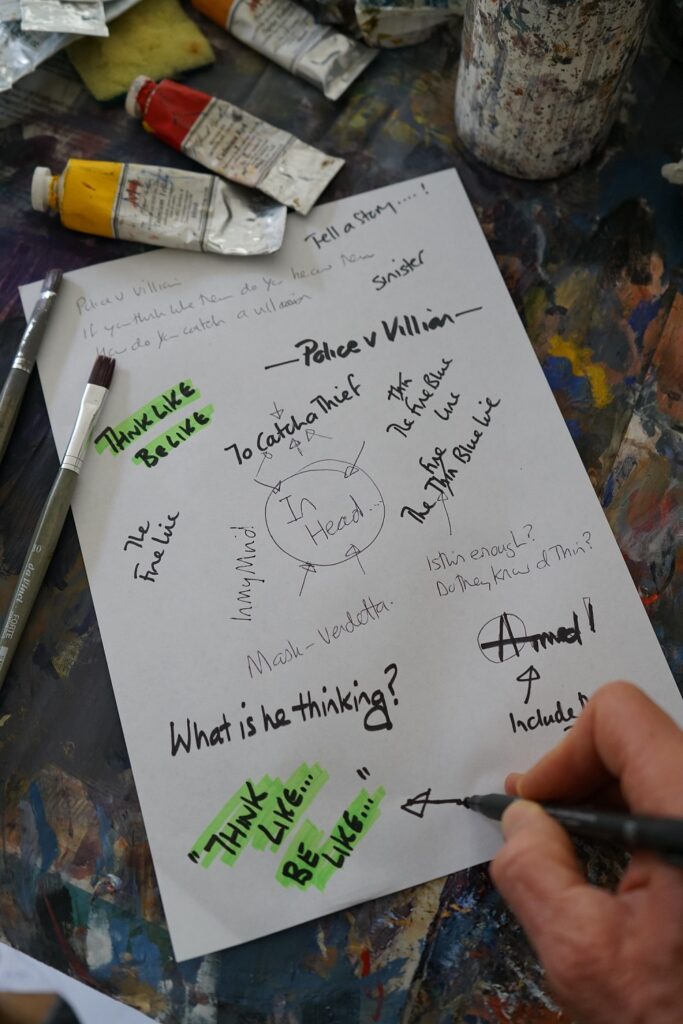
Numerous times, I have heard the phrase “a picture paints a thousand words.” It is true in many circumstances, but a picture really tells a story if you have more knowledge about its context, when you are a little more informed about the artwork in front of you and you know something of the story associated with it.
So, how do you tell a story around an artwork that will capture the interest and expand the knowledge of the viewer, build your reputation, and hopefully sell your artwork? Well, a story does not have to be anything spectacular. It doesn’t need to be ‘War and Peace.’ Just finding the right title for a painting can be enough to spark a story in the viewer’s mind, capturing their imagination in a way that goes beyond the artwork that hangs alongside it.
There are many ways to create a story behind your artwork and make a particular piece more appealing to people. What you are doing is creating a depth of knowledge for the viewer to become more engaged with the artwork, and more importantly with you as the creator.
All you need to do is spend some time asking yourself some simple questions. For instance, why did you decide to paint that picture in the first place? Ask yourself what was going through your mind when you came up with that idea. And of course, as you are doing this, write down your answers and comments. They don’t need to be in any particular order, just get them down on paper or on the computer. You now have the basis of your first story. From this will come other questions that you can think of answers for, such as what you are going to include, how and what materials are you going to use. Also, think of the message you want the viewer to pick up on.
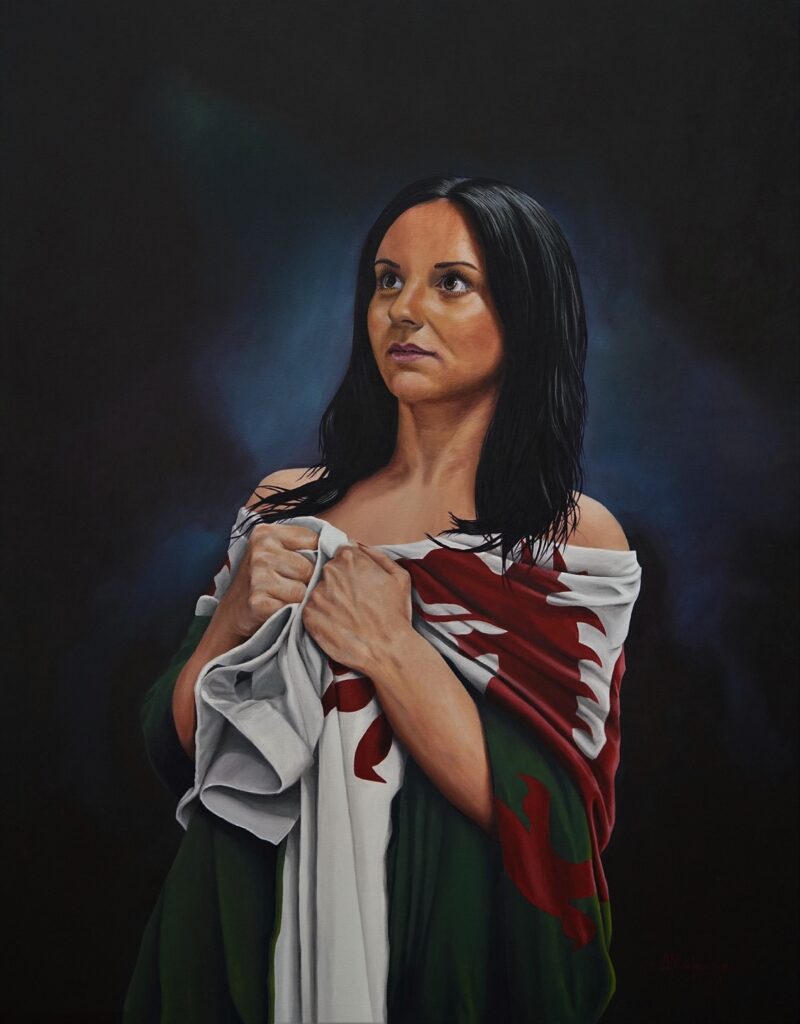
For instance, in my book “The Storytelling Artist: The Road to Controversial Art,” I tell stories of paintings I created using questions such as these, which developed into whole chapters. An example is a painting I created called “Nation of Hope”. It is the story of my trip to the Halcyon Gallery in London and my experience of seeing artwork by Mitch Griffiths for the very first time. His paintings truly inspired me. So, I looked to grasp that inspiration and find a person to pose for an idea I had in mind. I recount my search for the right model, someone who would represent the title of the painting. I also tell of the working environment that she came from, which was relevant to the story I was creating. The objects in the painting are also important. In this case it was the Welsh flag. Therefore, I explain its meaning and its strength for the wearer, subtlety linking this back to the whole image and the title.

In the case of another painting I created called “Pussycat”, the story was how to create a photorealistic painting of a dancer and what I wanted to achieve when a person looked at the artwork. I wanted them to question whether it was a photograph or a painting. I describe my attempt to aim high and really challenge myself to achieve something which at the time was beyond my skill level. I talk of the materials I use, again mentioning who the model was, and I allude to photorealism art itself. Here, I also talk throughout of the emotion I felt in attempting this.
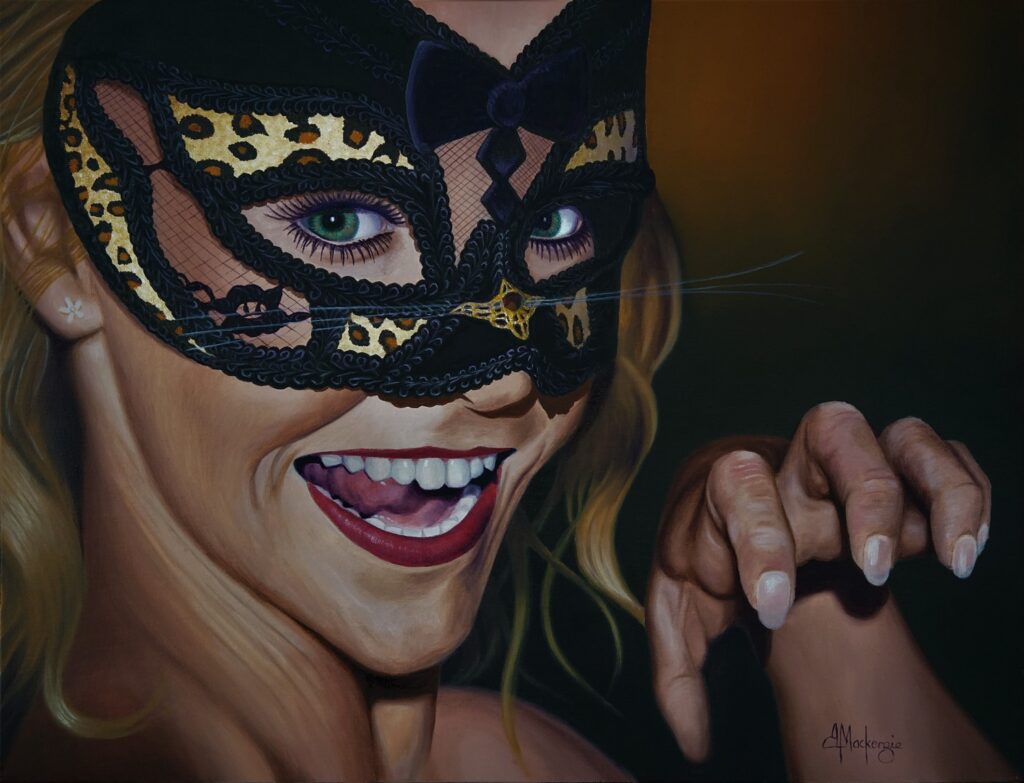
With “Think Like, Be Like”, the story is about creating an image that makes people think and look a second time (or more!). The painting is of an armed Police Officer wearing the anarchists’ Vendetta mask, often used in riots to disguise rioter’s identities. Here I talk about the image and what is going through the officer’s mind. The story is about the subject and their appearance. The key notion is to try to understand what he must be thinking; that in order to capture the villain he must, to a certain extent, think like the villain. But how far does this go before the officer himself becomes the villain? That is the story behind this painting and one which can provoke some very challenging thoughts.
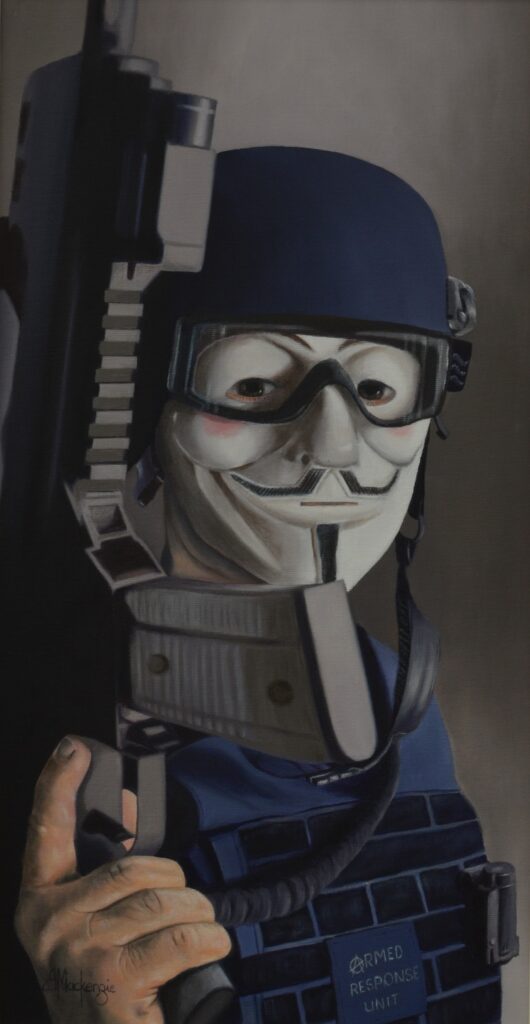
However, the story behind an artwork does not need to be complicated. If you paint people’s pets, the story can simply be the love that family has for their pet, the pet’s character and familiar quirks, and the lasting memories that the artwork can hold for that household.
If it is of a landscape, the story is easily told of the location, the history of how that view has changed, or a prominent memory of where it is, or even of the weather on the day it was created and issues that ensued.
With a portrait, it could very well be the look on a face or the position of the person that suggests something that will make the viewer want to know more. Again, those questions that the viewer may ask you, the very same questions that may come into your mind when you look at other artwork, will help to tell the story of why you chose that model, that stance, and why there is that look on their face.
You are only passing on the information to others of what originally made you put pencil or paintbrush to paper or canvas and create that image. However, that information now gives depth and passion in the form of a story and sits alongside your artwork, enticing the viewer to understand and engage more with you.
It is only right that the artwork you have spent so much time and effort to create by trial and error, and by picking yourself up again and again, should carry more depth to it. It is more than just the image on the wall. The trouble and strife that you have experienced to get to where you are now with this piece of art is a story itself, and that is well worth talking about and will certainly raise the curiosity and value of your artwork for those who are interested.
So, in a nutshell, create your art and tell its story. There is a whole world out there waiting for it.


